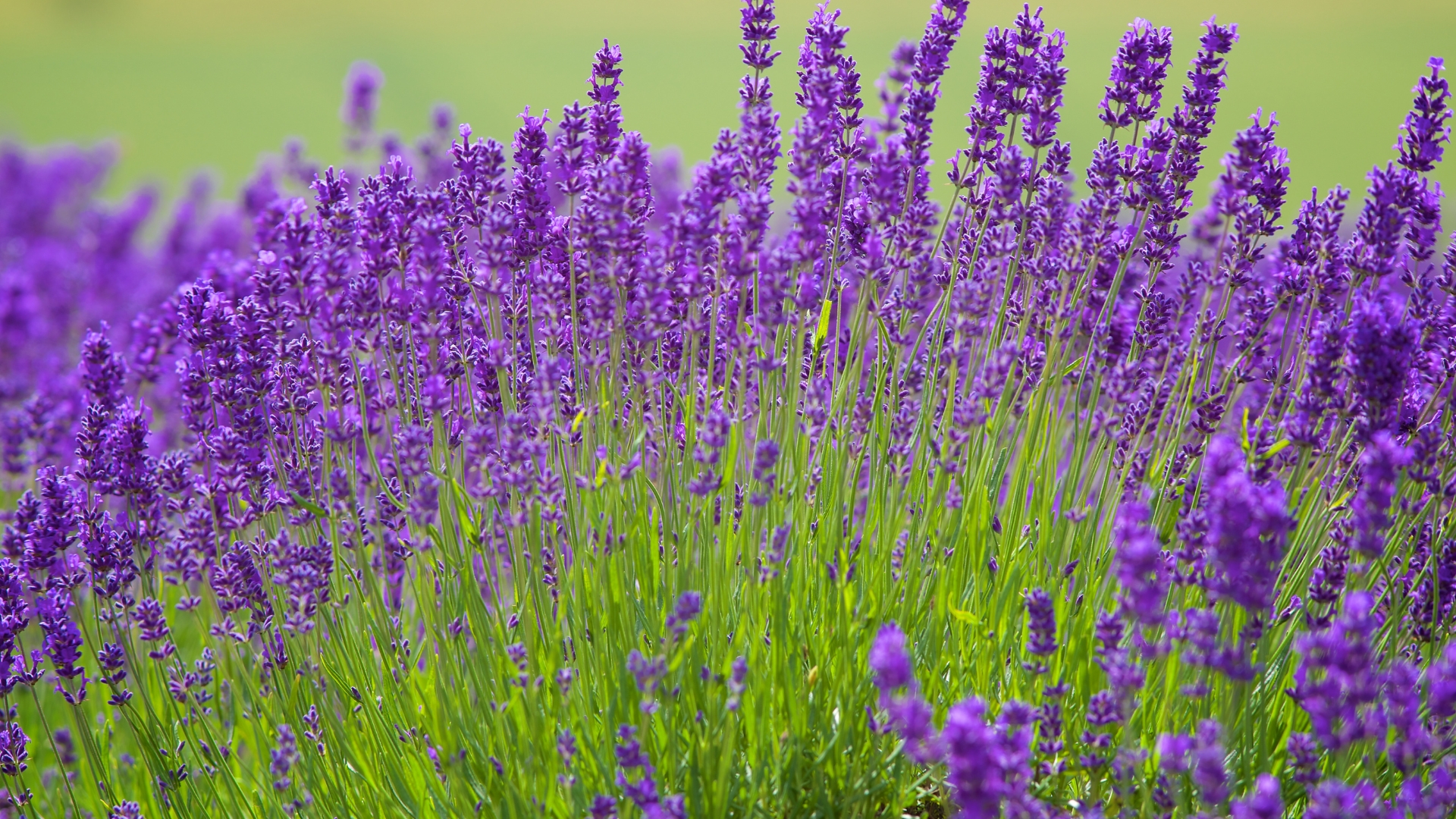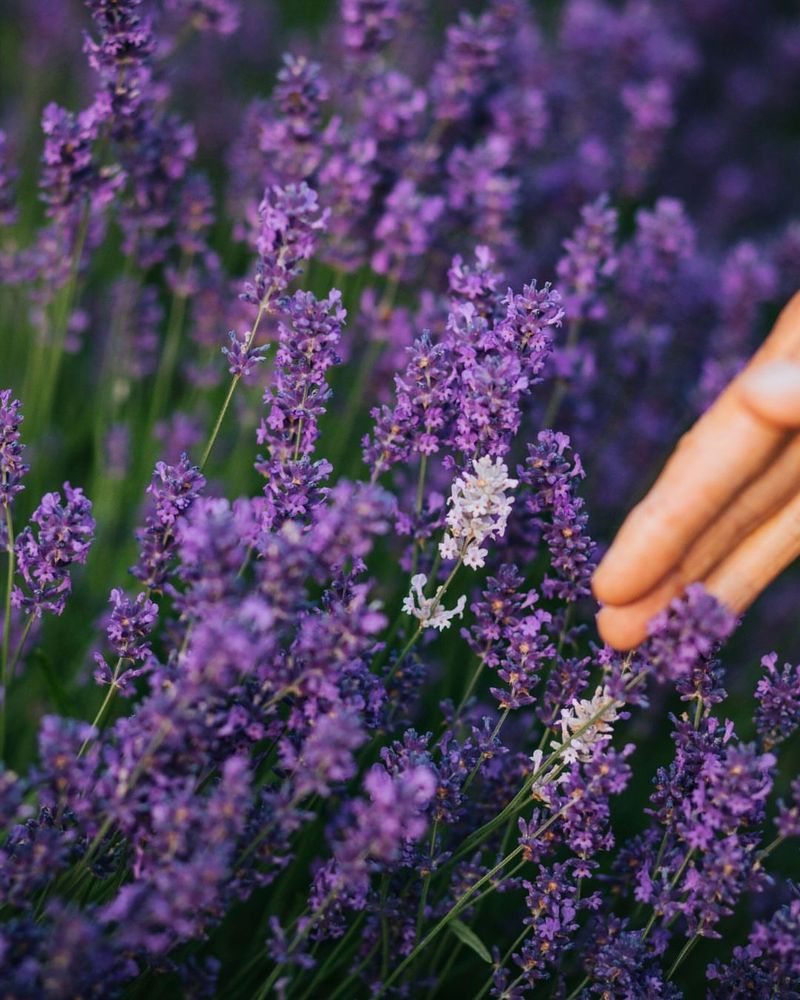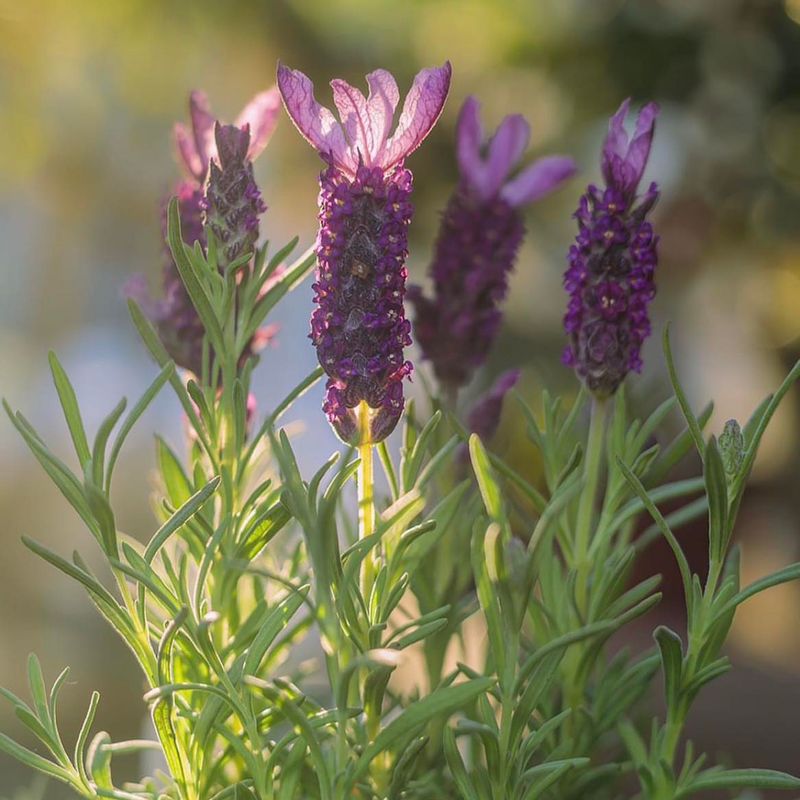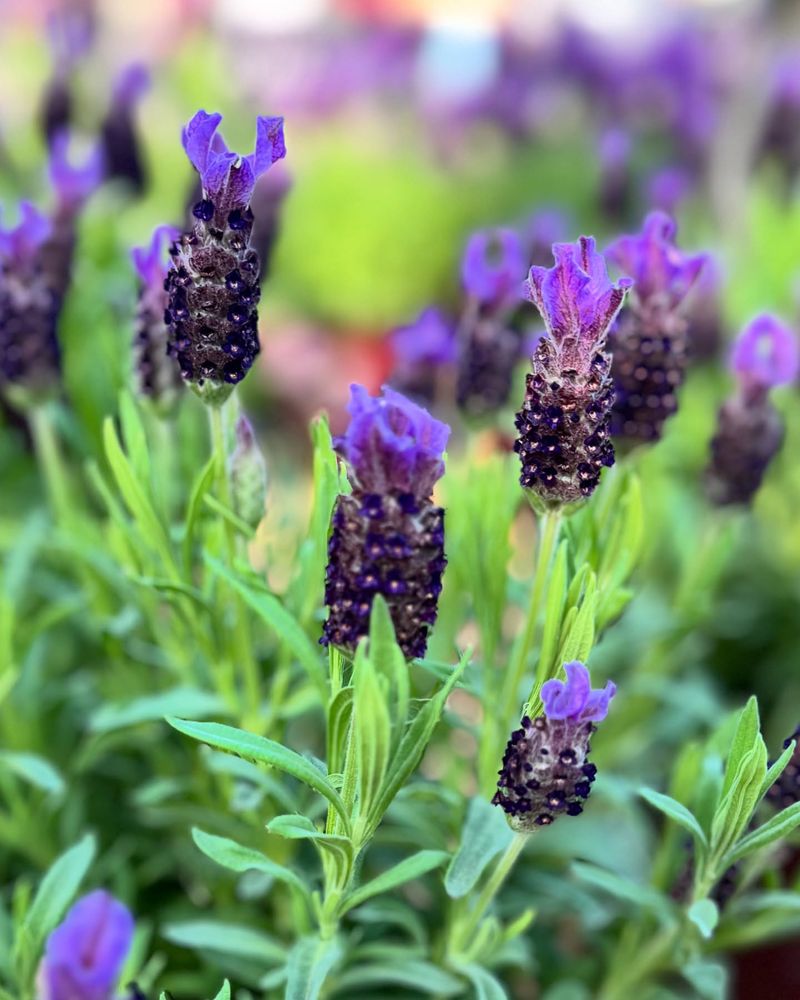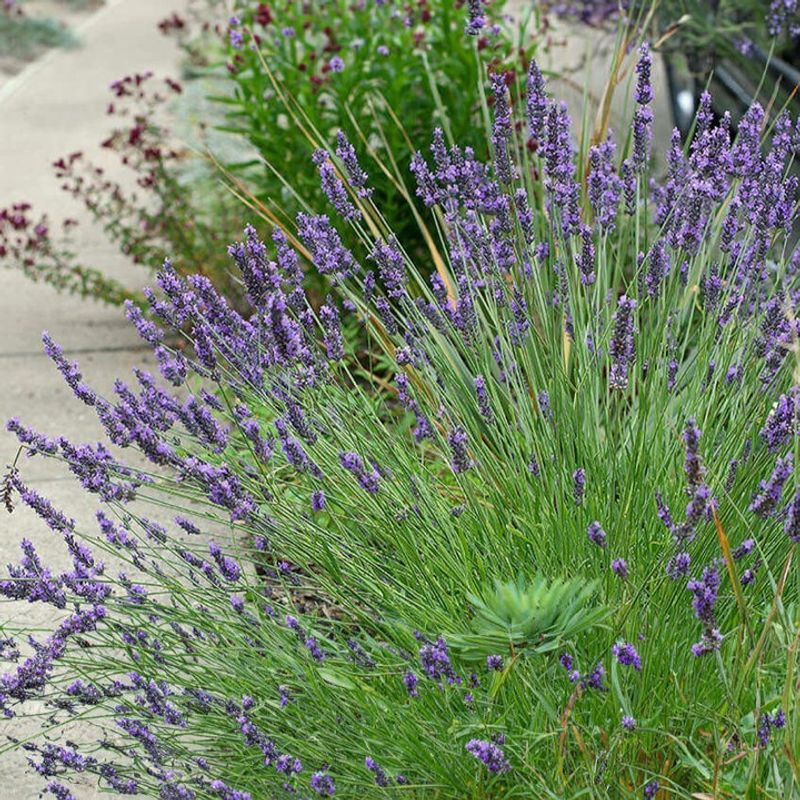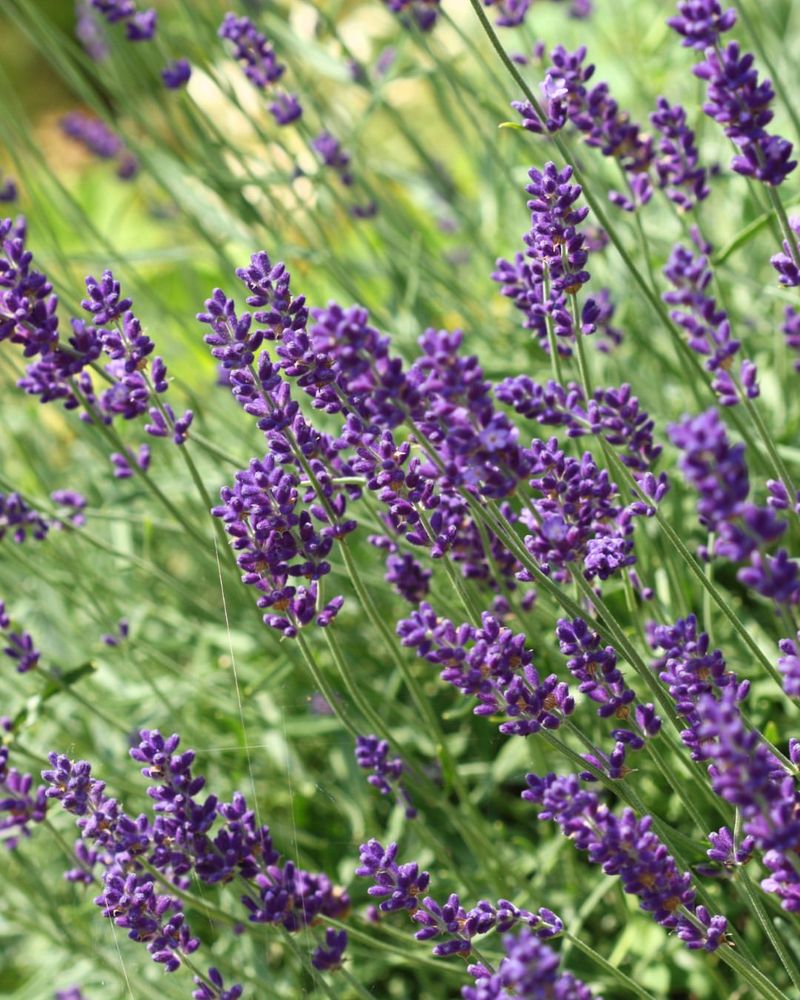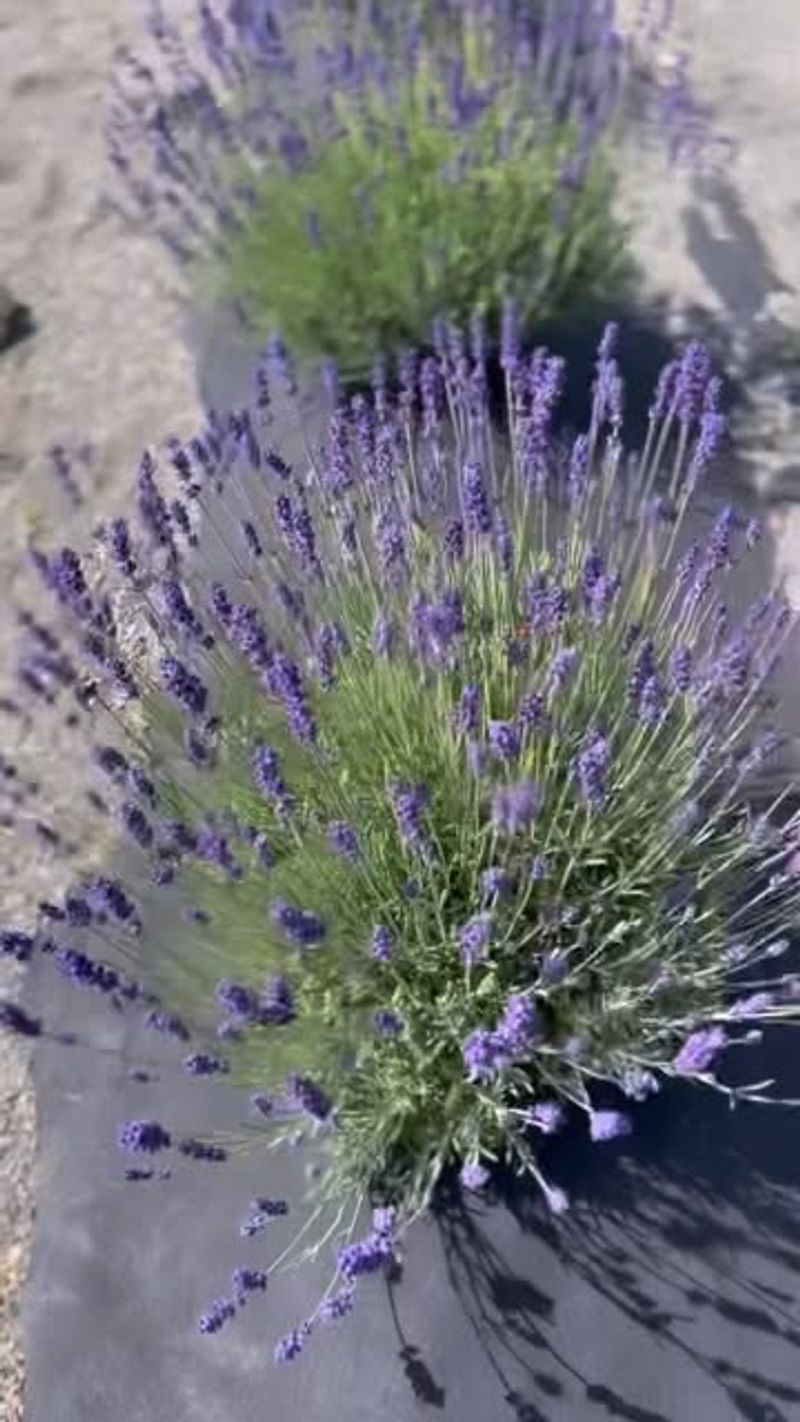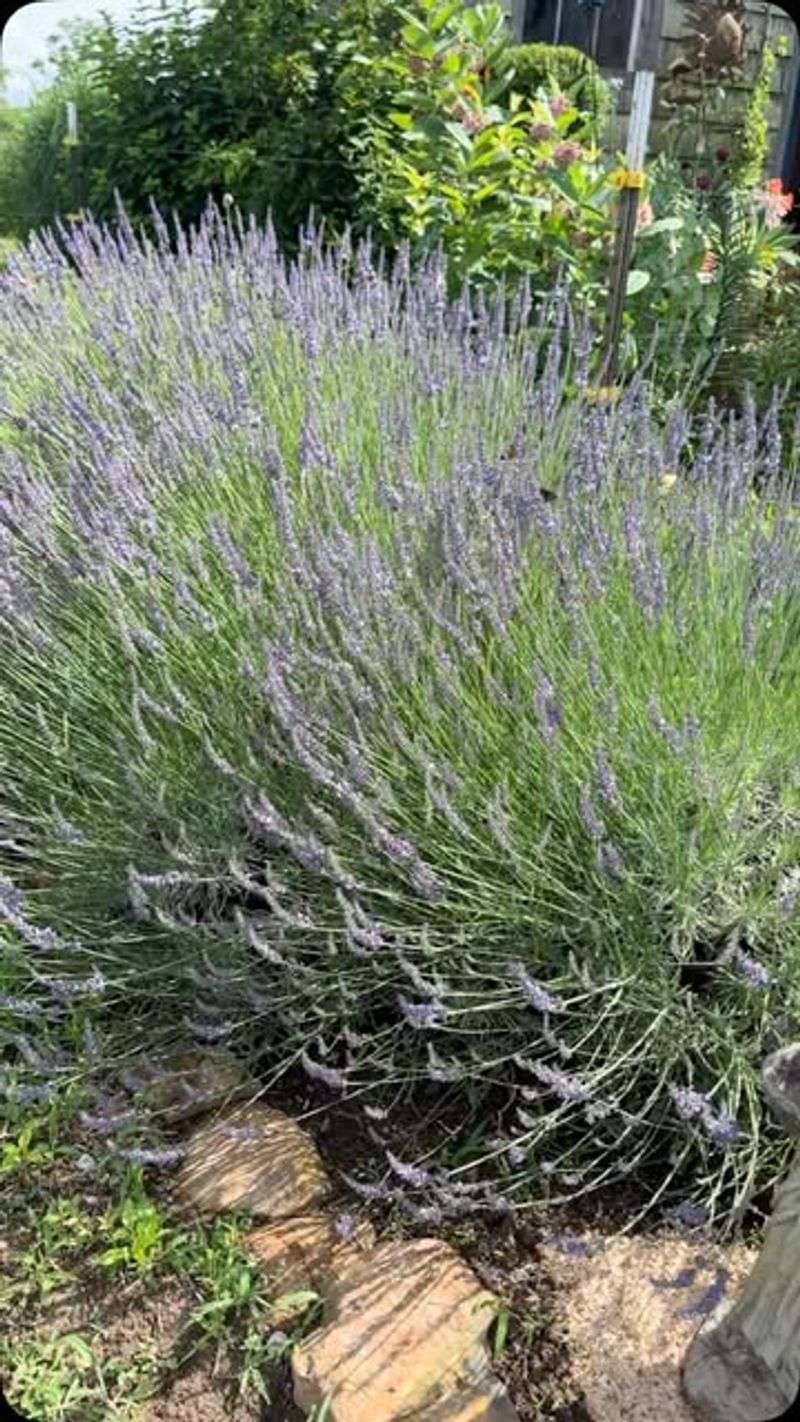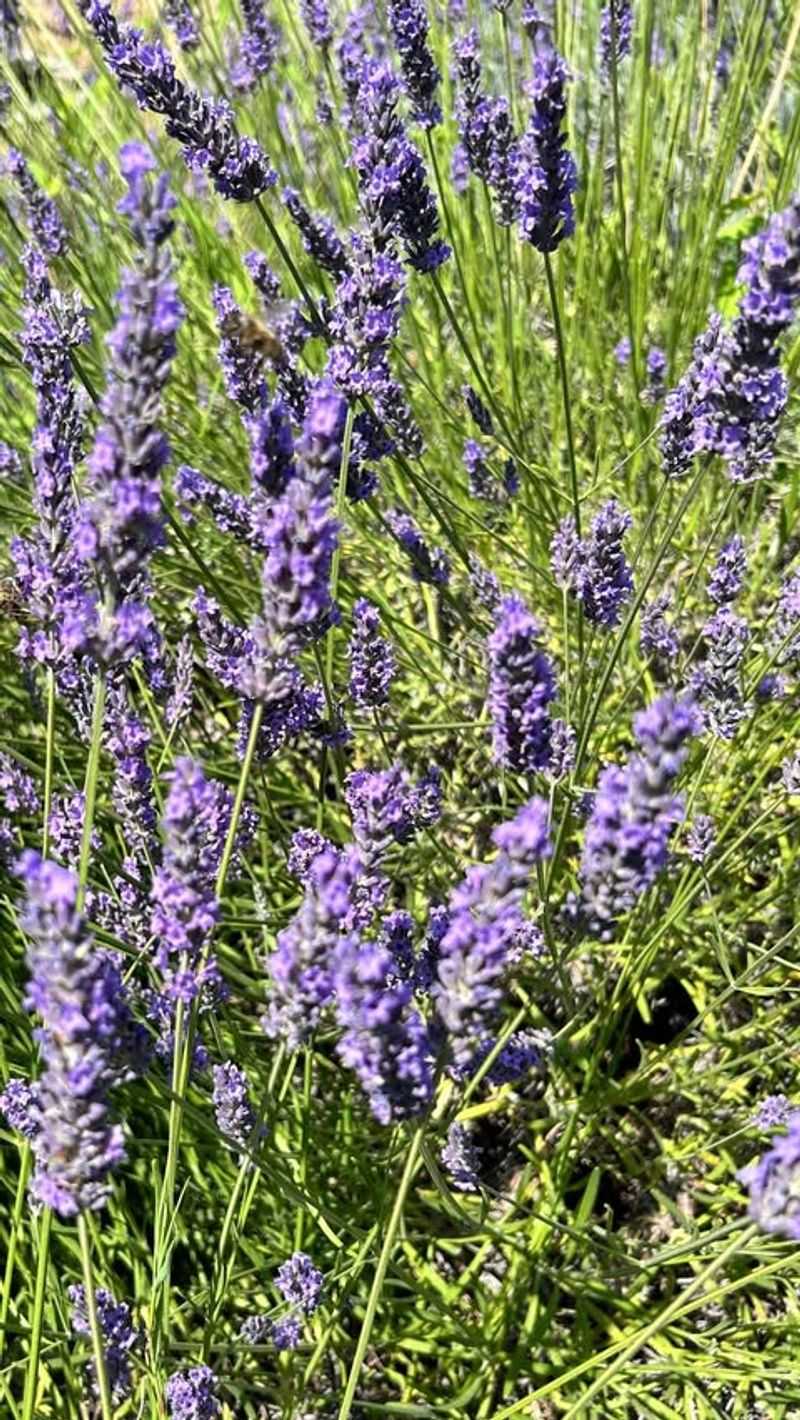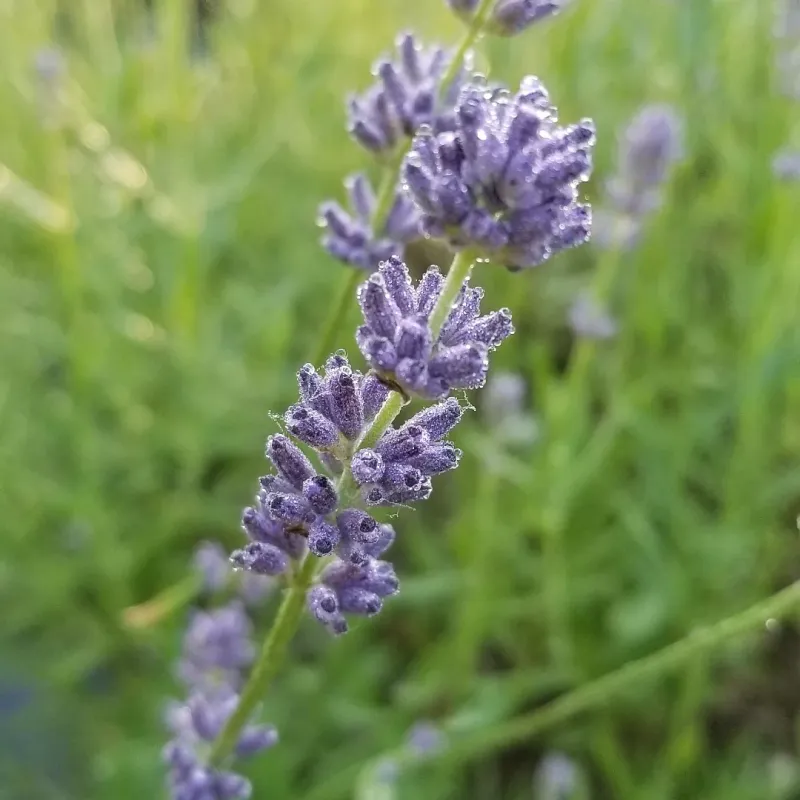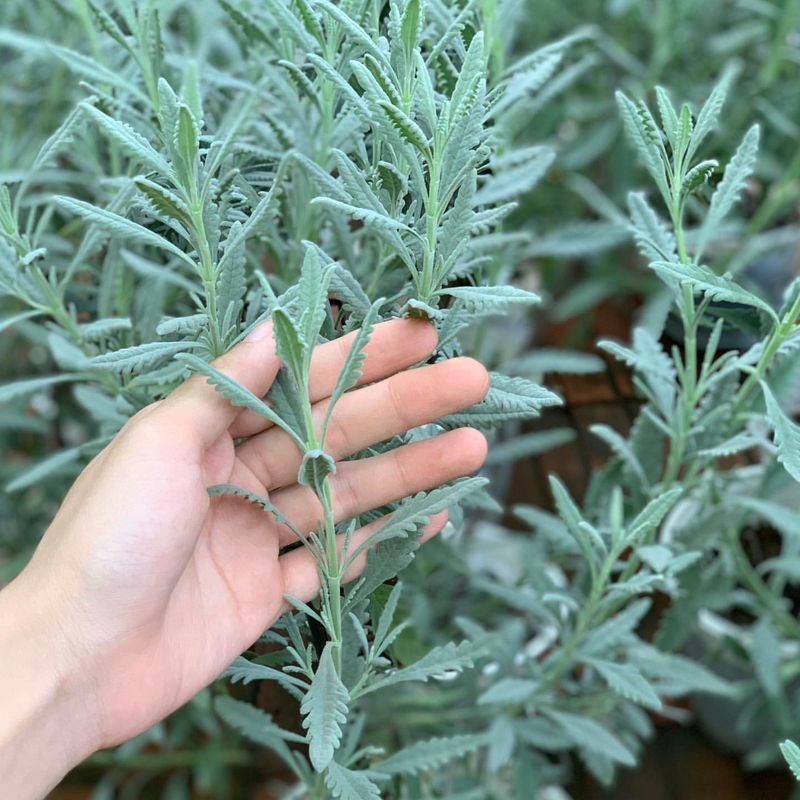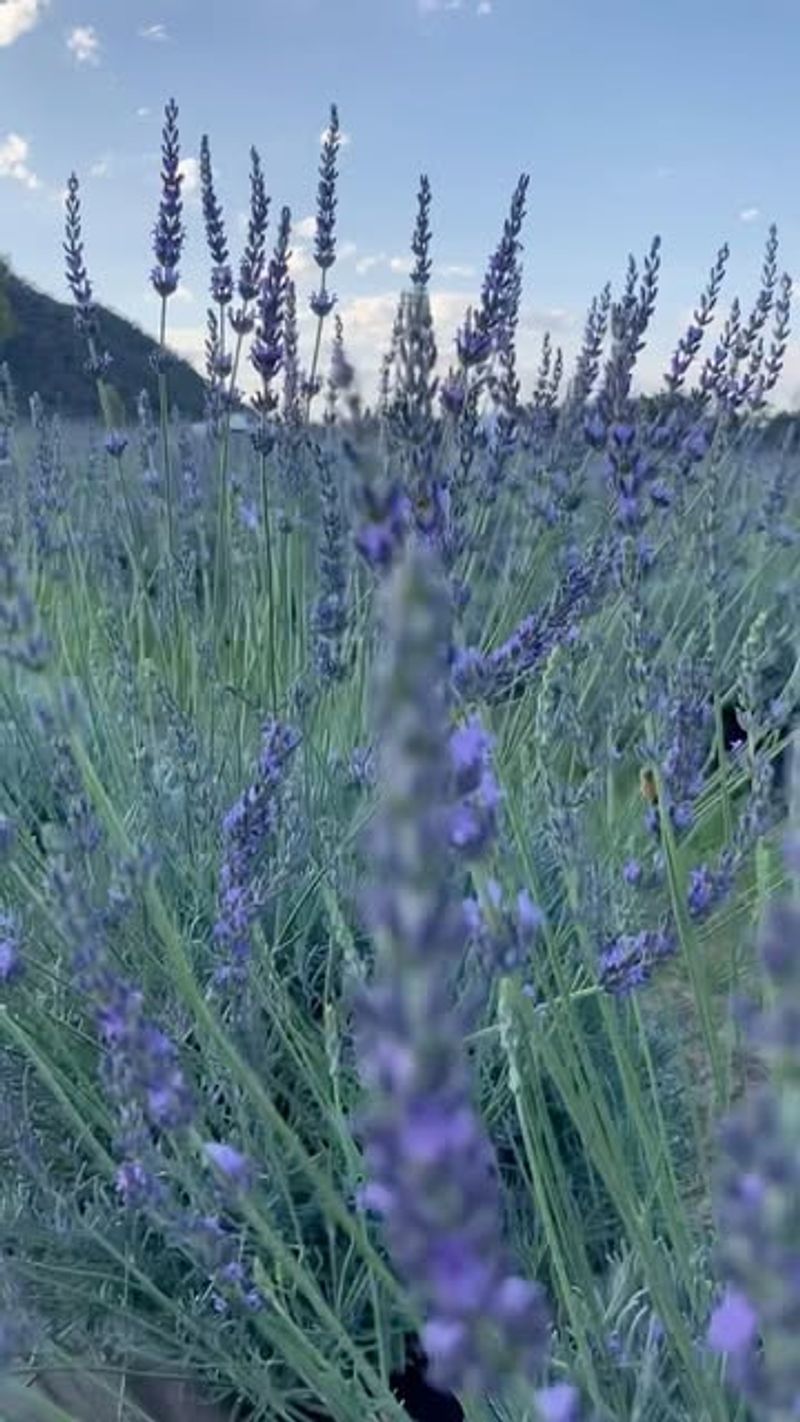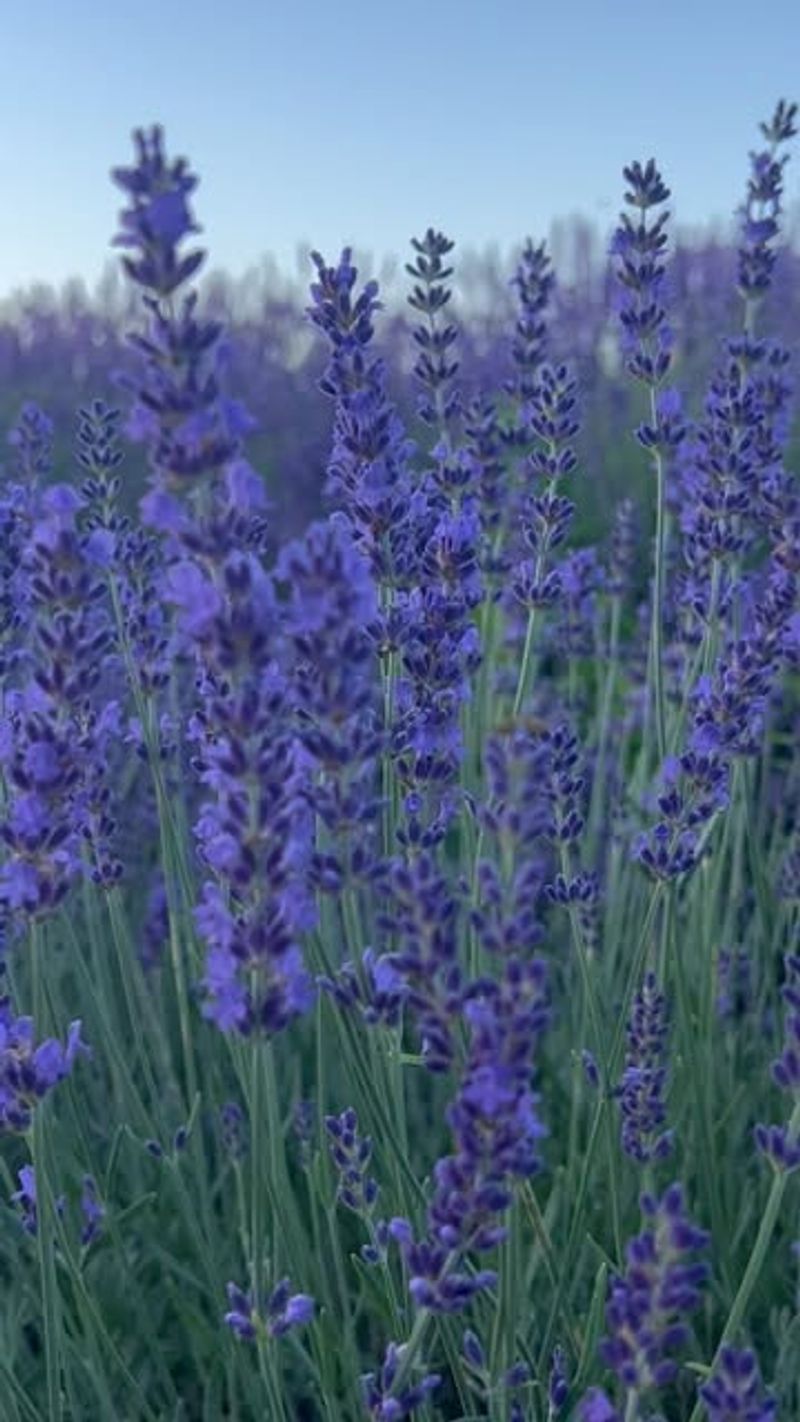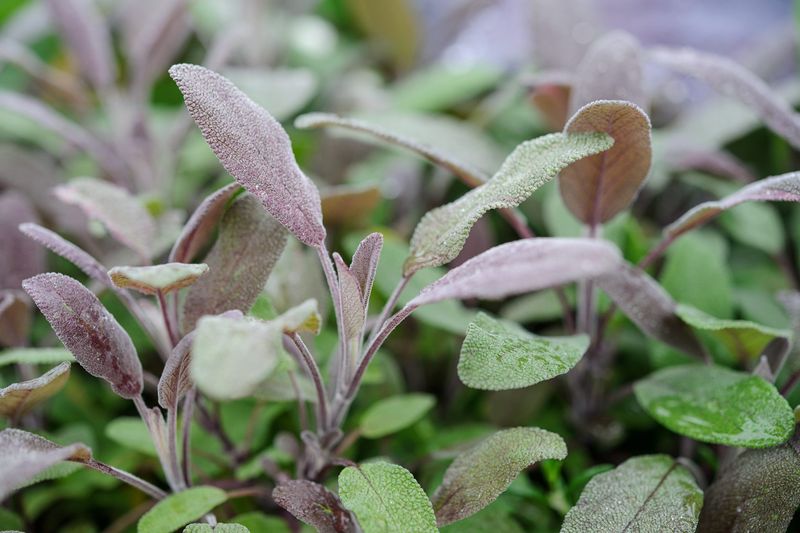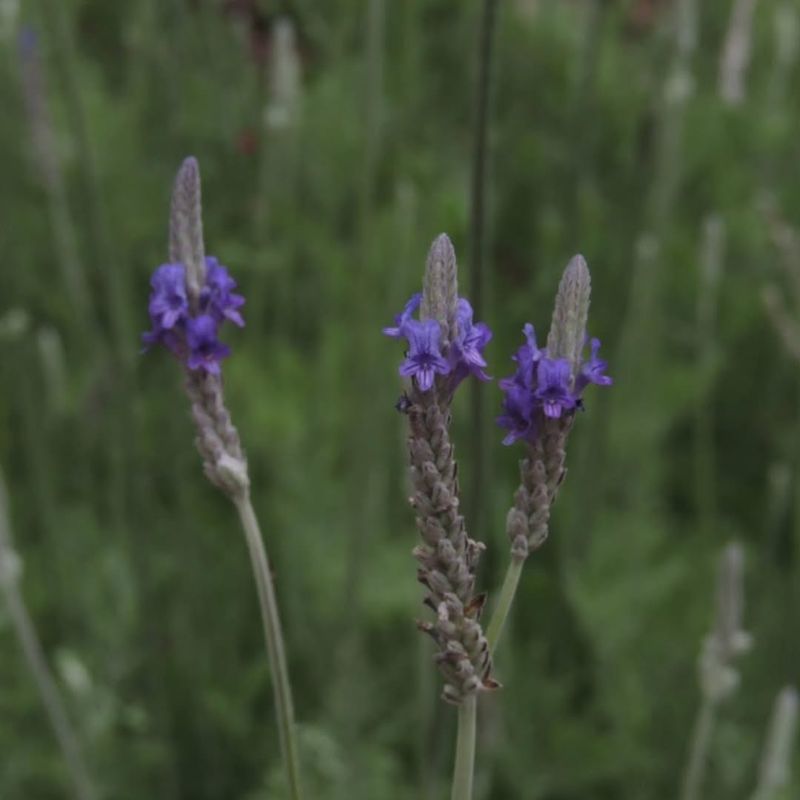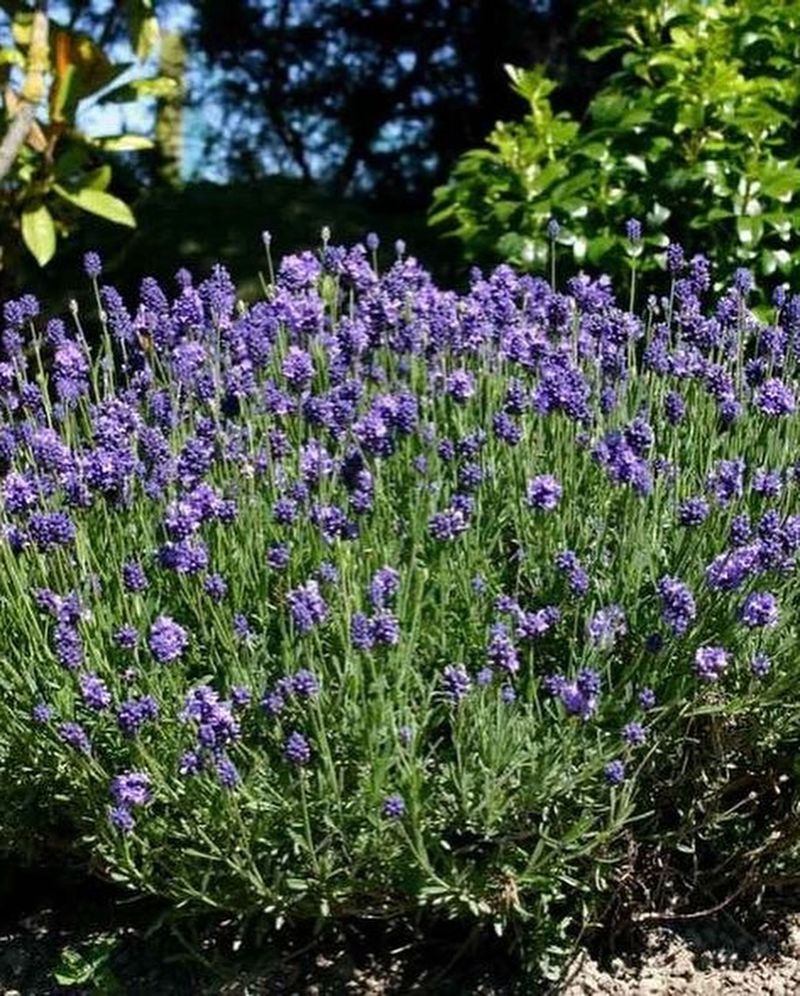I fell head over heels for lavender the moment I brushed past a bloom and caught its dreamy scent. It was love at first whiff. Since then, I’ve dug deep—literally and figuratively—into the world of lavender, planting every variety I could get my hands on.
Some thrive in the spotlight, others steal the show with subtle charm, but each one adds a touch of calm and a pop of color that turns any patch of dirt into a slice of Provence. If you’re itching to grow your own fragrant paradise, these beauties are the cream of the crop.
1. English Lavender (Lavandula angustifolia)
The quintessential lavender that most gardeners adore for its classic fragrance and adaptability. Growing up to 2-3 feet tall, English lavender produces the richest essential oils and most intense perfume among all varieties.
Hardy to zone 5, this lavender withstands cold winters better than other types. Its compact form makes it perfect for hedges, borders, or standalone specimens in sunny spots with well-drained soil.
Harvest the stems when flowers first open for the strongest scent in dried arrangements, sachets, or culinary uses.
2. French Lavender (Lavandula dentata)
Recognizable by its unique toothed leaves (hence ‘dentata’), French lavender creates a distinctive visual impact in gardens.
The flower heads feature showy purple bracts resembling rabbit ears sitting atop each bloom, adding whimsical charm. Less cold-hardy than English varieties, French lavender thrives in zones 8-11 and prefers Mediterranean conditions.
What it lacks in winter hardiness, it makes up for with a longer blooming season that can extend nearly year-round in mild climates. Perfect for container gardening, this variety brings continuous color to patios and balconies.
3. Spanish Lavender (Lavandula stoechas)
Sporting distinctive pineapple-shaped flower heads topped with showy purple bracts that resemble butterfly wings, Spanish lavender stands out in any garden. The compact growth habit makes it an eye-catching addition to borders and containers.
Native to the Mediterranean, this heat-loving variety tolerates drought once established but dislikes wet feet. While less fragrant than English lavender, it compensates with a longer blooming period and showier flowers.
Zones 7-9 provide ideal growing conditions, though gardeners in colder regions can enjoy it as an annual or potted plant brought indoors for winter.
4. Lavandin (Lavandula x intermedia)
Born from crossing English and spike lavender, lavandin varieties like ‘Grosso’ and ‘Provence’ offer the best of both parents. Their robust nature produces taller plants with longer flower stems, making them commercial favorites for lavender farms and cut flower arrangements.
Blooming later than English lavender, lavandins extend the seasonal display in your garden. The scent contains more camphor notes, perfect for cleaning products and room fresheners.
Especially vigorous growers, these hybrids form impressive mounds up to 3 feet tall and wide, creating dramatic drifts of color when planted en masse.
5. Hidcote Lavender (Lavandula angustifolia ‘Hidcote’)
Named after the famous Hidcote Manor Garden in England, this compact variety packs a powerful punch despite its smaller size. Dark purple flower spikes create dramatic contrast against the silvery-gray foliage, making it a designer’s dream for garden borders.
Growing just 18-24 inches tall, Hidcote forms tight, neat mounds that rarely flop or split. Its concentrated oils produce an intensely sweet fragrance that perfumes the air even from a distance.
Cold-hardy to zone 5, this lavender maintains its attractive shape year-round with minimal pruning, perfect for formal garden designs or tidy container plantings.
6. Munstead Lavender (Lavandula angustifolia ‘Munstead’)
Developed by renowned garden designer Gertrude Jekyll, Munstead lavender offers earlier blooms than many varieties. The soft lavender-blue flowers appear weeks before other types, extending your garden’s color season.
Reaching just 12-18 inches tall, this compact variety fits perfectly into smaller spaces or front-of-border positions. Munstead’s exceptional cold hardiness (zone 4 with protection) makes it suitable for northern gardens where other lavenders struggle.
Low-maintenance and drought-tolerant once established, it forms a tidy mound that works beautifully in rock gardens, herb spirals, or edging pathways.
7. Grosso Lavender (Lavandula x intermedia ‘Grosso’)
Prized by commercial growers, ‘Grosso’ stands as the most widely cultivated lavender variety worldwide. Its exceptional oil content makes it the backbone of the lavender industry, producing the highest yields for essential oils and dried buds.
Vigorous plants create dramatic sweeps of color with deep violet-blue flower spikes rising 24-30 inches above silver-gray foliage. The robust stems resist flopping even after summer rains, maintaining an attractive appearance throughout the season.
Deer and rabbit resistant, ‘Grosso’ combines beauty with practicality, thriving with minimal care while delivering maximum fragrance and visual impact.
8. Provence Lavender (Lavandula x intermedia ‘Provence’)
Capturing the essence of French countryside, ‘Provence’ lavender creates the iconic purple fields featured in so many travel photographs. Long, loose flower spikes sway gracefully in summer breezes, creating movement and rhythm in garden designs.
Sweet fragrance with minimal camphor notes makes this variety particularly suitable for culinary uses like herb blends, baking, and lavender-infused honey. The flowers retain their scent exceptionally well when dried.
Growing up to 30 inches tall with an equal spread, ‘Provence’ creates impressive hedges that buzz with pollinators during its long bloom period from mid to late summer.
9. Phenomenal Lavender (Lavandula x intermedia ‘Niko’)
Living up to its name, ‘Phenomenal’ lavender offers exceptional heat and humidity tolerance where other varieties struggle. Developed specifically for challenging growing conditions, it thrives in the humid summers of eastern North America that typically cause fungal issues in lavenders.
Silver-gray foliage forms a perfect dome topped with vibrant purple flower spikes that attract bees and butterflies.
Cold-hardy to zone 5, this versatile variety bridges the gap between beauty and performance. Resistant to common root and foliar diseases, ‘Phenomenal’ requires less maintenance while delivering consistent results year after year.
10. Goodwin Creek Gray Lavender (Lavandula x ginginsii ‘Goodwin Creek Gray’)
Sporting intensely silver foliage with scalloped edges, Goodwin Creek Gray creates year-round visual interest even when not in bloom. The striking leaf color acts as a natural highlighter in garden designs, making neighboring plants pop against its metallic sheen.
Originally discovered as a chance seedling, this heat-tolerant hybrid grows beautifully in zones 7-9 and adapts well to container culture. The deep violet-blue flowers appear nearly year-round in mild climates, providing consistent color.
Particularly suited to dry garden designs, it pairs beautifully with other Mediterranean plants like rosemary, sage, and ornamental grasses.
11. Sweet Lavender (Lavandula heterophylla)
Known for its exceptionally sweet fragrance with citrus undertones, Sweet Lavender creates a unique sensory experience in the garden. The tall, airy flower spikes feature widely-spaced whorls of blossoms, creating an elegant, ethereal appearance unlike denser varieties.
Growing up to 3 feet tall, this Australian native brings vertical interest to garden beds. The name ‘heterophylla’ refers to its variable leaf shapes, adding subtle visual complexity to its overall appearance.
Perfect for warm climate gardens in zones 8-10, Sweet Lavender attracts an impressive diversity of beneficial insects while repelling mosquitoes and other garden pests.
12. Woolly Lavender (Lavandula lanata)
Gardeners seeking something truly different fall in love with Woolly Lavender’s remarkable foliage. The leaves appear almost white, covered in dense, soft hairs that feel like touching velvet or lamb’s ears.
This unique texture creates stunning contrast against darker garden plants. Native to southern Spain’s mountains, this variety grows slowly into a compact shrub reaching 2 feet tall. The intensely fragrant deep violet flower spikes rise dramatically above the woolly foliage in summer.
While less common in gardens, this conversation-starter thrives in rocky, alkaline soils and withstands drought once established, making it perfect for xeriscape designs.
13. Fathead Lavender (Lavandula stoechas ‘Fathead’)
Boasting the largest flower bracts in the Spanish lavender family, ‘Fathead’ creates a spectacular display that stops garden visitors in their tracks. The oversized purple “rabbit ears” sitting atop each flower head give this variety its playful name and distinctive appearance.
Compact growth reaching just 18 inches makes it perfect for container gardens and front-of-border positions. The gray-green foliage provides a subtle backdrop that lets the showy flowers take center stage.
Earlier blooming than many lavenders, ‘Fathead’ extends the season of interest in spring gardens and may rebloom in fall with proper deadheading.
14. Egyptian Lavender (Lavandula multifida)
Unlike typical lavenders, Egyptian lavender features fern-like foliage that’s finely divided into delicate segments, creating an airy texture. The unusual blue-violet flowers appear on candelabra-like stems, branching in multiple directions for a distinctive architectural presence.
Fast-growing and early to bloom, this variety often flowers within months of planting, sometimes year-round in mild climates. Though short-lived (typically 2-3 years), its quick growth and prolific self-seeding ensure continuous presence.
Perfect for Mediterranean gardens in zones 8-10, Egyptian lavender pairs beautifully with succulents and other drought-tolerant plants in water-wise landscapes.
15. Thumbelina Leigh Lavender (Lavandula angustifolia ‘Thumbelina Leigh’)
Perfect for small spaces, ‘Thumbelina Leigh’ creates a delightful dwarf lavender experience without sacrificing fragrance or flower power. Growing just 6-12 inches tall, this compact variety fits beautifully in rock gardens, border edges, or fairy garden designs.
Despite its diminutive size, it produces full-sized, intensely fragrant flower spikes in rich violet-blue. The tight, neat growth habit rarely requires pruning to maintain its perfect rounded shape.
Ideal for children’s gardens due to its manageable size and quick results, this miniature marvel also excels in containers, window boxes, and small urban gardens where space is at a premium.

